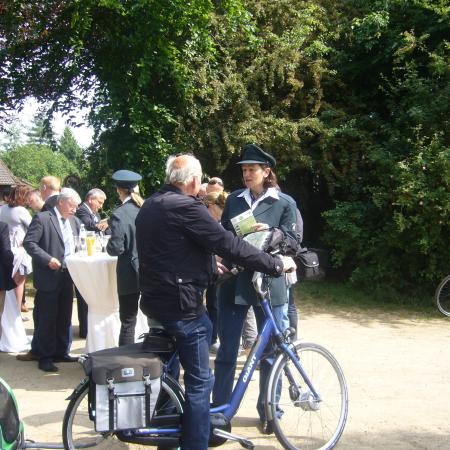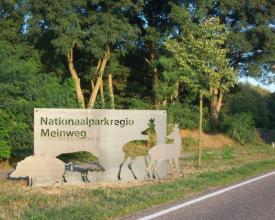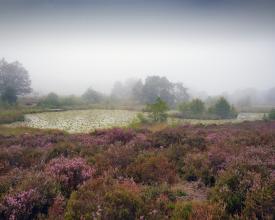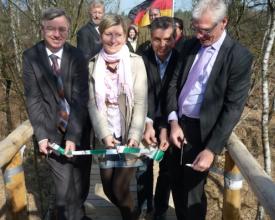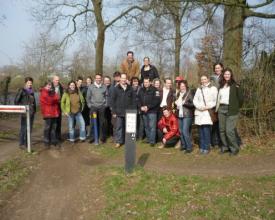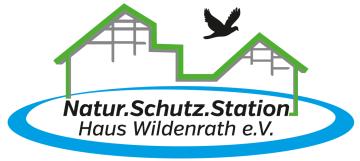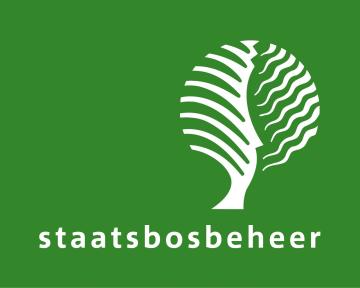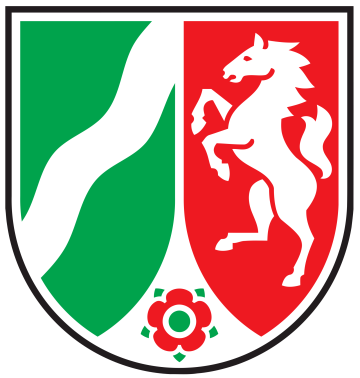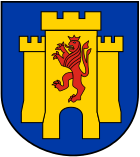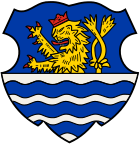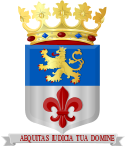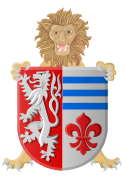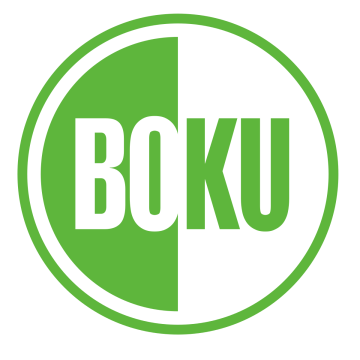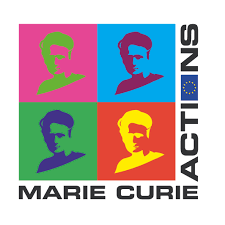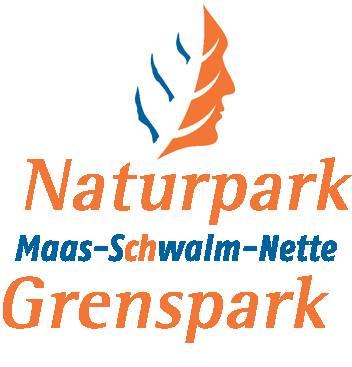
Transboundary coordinated natural development and national park extension
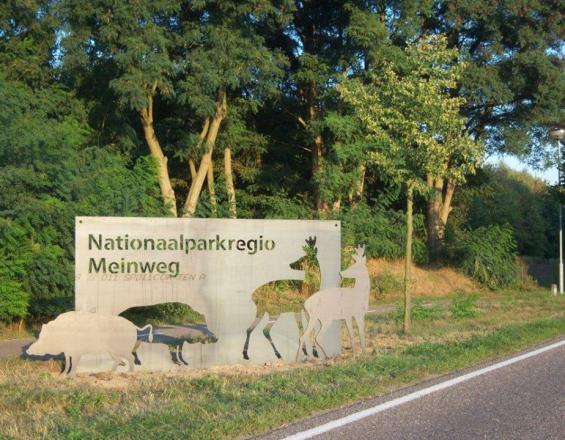
The project focuses on protected areas along the Dutch-German border intersecting the municipalities Roermond, Roerdalen (NL), Wassenberg and Wegberg (D). The aim of the project was to further develop a common national park region and to highlight its common history and its present-day significance. It provides the transboundary (TB) improvement of nature and landscape quality by connecting and valorizing habitats. An agreement on common zonation and a sustainable tourism concept were developed.
Contexto
Défis à relever
Ubicación
Procesar
Summary of the process
Building Blocks
Transboundary working group for nature conservation
Enabling factors
Lesson learned
Transferring of national park zonation between two countries
Enabling factors
Lesson learned
Coordinated transboundary measures to improve and connect biotopes
Enabling factors
Lesson learned
Transboundary sustainable tourism
Enabling factors
Lesson learned
Impacts
The project included measures for a more diverse and improved cooperation across the NL-DE border, extension of National Park recreational zones, coordinated habitat management and promotion of sustainable tourism. Particular impacts included: 1) Establishment of networks of volunteers and stakeholder organizations focused on nature, forestry and tourism, which provide a basis for coordinated broad-scale conservation; 2) Strengthened cooperation between border municipalities, which enables further TB cooperation for an improvement of the ecological and economic situation; 3) Improvement of ecosystem integrity through extensive habitat restoration and enhancements, and 4) Enhanced tourism infrastructure, which increased name recognition of the TB area and thereby supports local tourism industry and its stakeholders. Improved cooperation, strengthened TB networks, and a common national park zonation can be used as a basis for further TB nature conservation measures.
Beneficiaries
Sustainable Development Goals
Story
